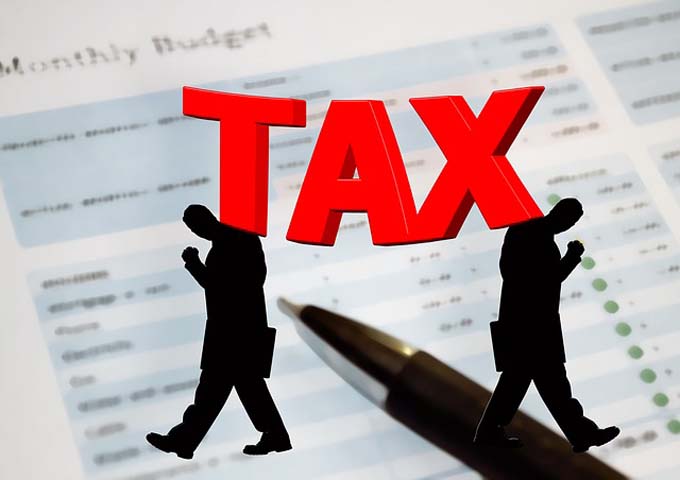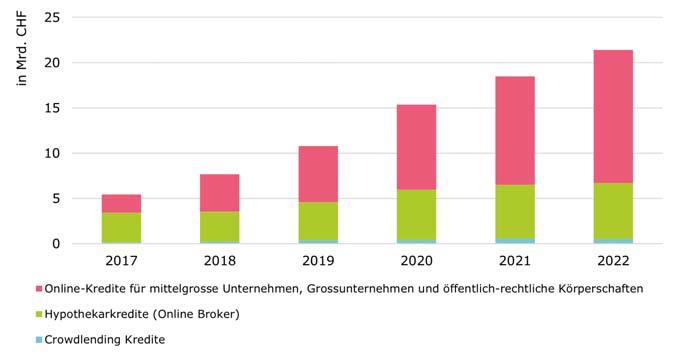What does the tax reform bring to SMEs? Entrepreneurs should check this now
The tax reform (STAF) passed this spring is an important occasion for a comprehensive review of your own company's tax situation. Most of the changes will come into force on January 1, 2020.

STAF raises many questions that should be clarified quickly in order to protect companies and entrepreneurs from tax disadvantages. This overview provides guidance on the most important aspects for corporate structure, reference strategy and operational analysis.
Corporate structure: Holding company - is it still needed?
As of January 1, 2020, the cantonal tax privileges for holding companies will cease to apply. This means that from then on, the same tax rate will apply to the holding company as to an operating company at the same location. Accordingly, group financing via a holding company will lose its greatest tax incentive.
The question of whether a holding structure with subsidiaries will be needed in the future should therefore be examined exclusively from an operational perspective. It is advisable in order to ensure the separation of different business areas if this cannot be done directly by the shareholder. If there is no operational need, an operating company can take over the function as parent company of the group in the future. It may even make sense to merge all companies into one parent company. This saves costs and reduces the wealth tax value. Holding companies continue to be justified for the financing of corporate successions and are considered the preferred corporate structure.
Subscription strategy: increase salary and expand pension fund or draw dividends?
With the STAF, the tax advantages of dividend payments are reduced at the federal level and in many cantons. Nevertheless, an extraordinary dividend should not be hastily planned for 2019, but rather the entrepreneur's subscription strategy should be carefully examined and analyzed in its entirety:
Although a higher salary instead of a dividend leads to higher AHV contributions and income taxes, from an overall perspective this can nevertheless offer financial advantages. On the one hand, the higher salary reduces the wealth tax value. On the other hand, the increased salary can be co-insured in the pension fund and the liquidity not required can be used for purchases into the pension fund. In this context, the pension fund situation should be examined and, if necessary, the introduction of so-called 1e plans with flexible investment options for the insured should be considered for an optimized investment strategy.
If it makes sense to distribute excess reserves, further legal requirements must also be observed. If the end of the last financial year was more than six months ago, an additional distribution can only be made in 2019 by means of an extraordinary dividend. This requires an additional General Meeting to approve a distribution from the retained earnings of previous financial years. Furthermore, the admissibility of the distribution must be confirmed by a recognized auditor. Alternatively, a shortened fiscal year (e.g. until the end of September) could be considered for 2019. This offers the advantage that future dividend payments can be made in the last quarter and thus the withholding tax is already credited again at the beginning of the next year.
Operational analysis: What advantages do strongly innovation-driven companies have?
Whereas the tax privileges have so far primarily benefited internationally active companies, companies with research and development activities in Switzerland will now be given preferential tax treatment. To this end, the cantons will have a new arsenal of options from 2020 onwards to offer innovative companies an incentive to conduct research in Switzerland. The introduction of the research and development deduction allows the cantons to grant a notional, tax-effective deduction of up to 50 percent of qualifying research and development expenses incurred in Switzerland.
With the patent box, profits from products based on patents developed in Switzerland can be taxed at the cantonal level with a reduction of up to 90 percent. Here, the company itself can decide for which patents it would like to apply this privileged taxation. This is a considerable reward for innovation in Switzerland. For companies whose products contain innovations developed in-house, it is advisable to subsequently review their patent protection strategy. The associated effort as well as the additional administrative expenses for the correct determination of profits are worthwhile, as they are quickly amortized in the case of successful products.
The most important in a nutshell
Action is required as a result of the tax reform if
- the company is held or financed via a holding company.
- the company has excess liquidity and reserves
- the optimal sourcing strategy in terms of salary and dividend is unclear.
- the company is innovative.
- the products contain proprietary developments.
Authors: Nicole Bregy and Nathanael Frischkopf are owners of xplena AG together with Simone Moser. Thanks to their many years of professional experience, including in law firms, banks, in the tax office and with the "Big Four", the federally certified tax experts have a broadly based as well as well-founded know-how of the most diverse tax requirements and legislation. www.xplena.com









